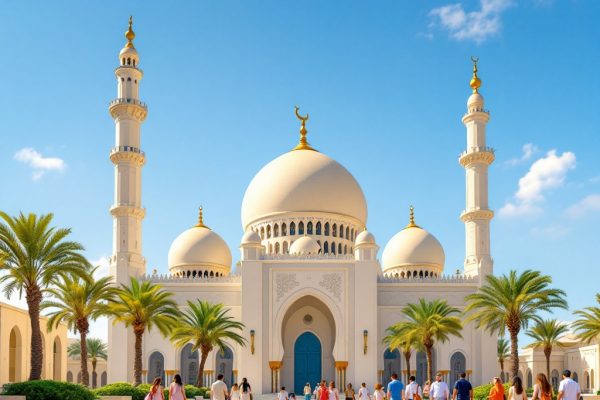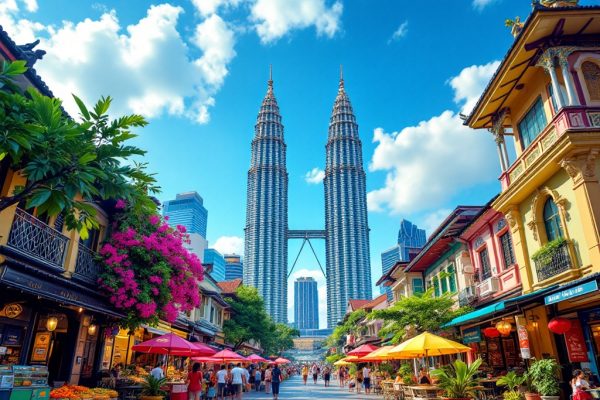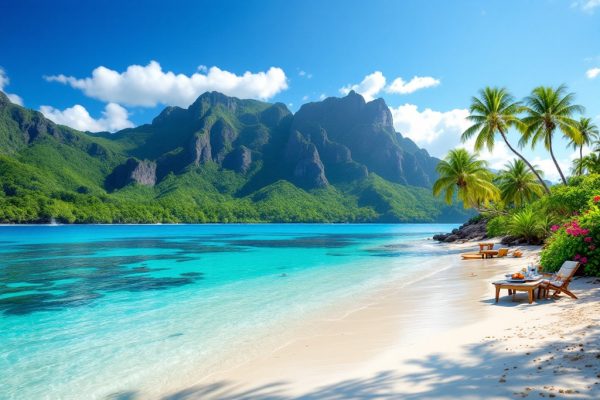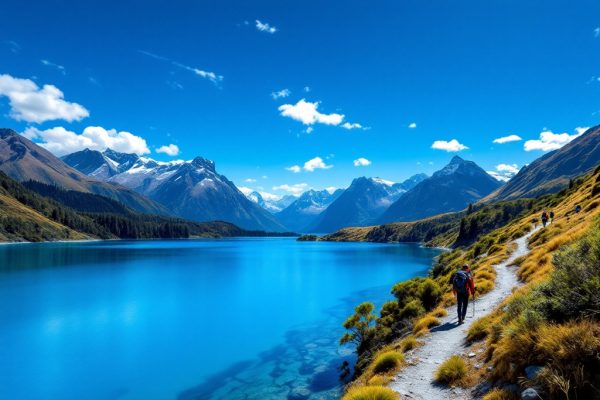How Long Does It Take to Fly Around the World?
Ever wondered how long it takes to fly around the world? Commercial flights typically clock in at over 60 hours due to layovers. However, under ideal conditions and minimal stops, this journey could be completed in under 42 hours, cruising at speeds around 900 km/h! Discover how factors like jet streams, refueling, and meticulous planning impact flight durations, and learn about record-breaking circumnavigations, like Steve Fossett’s incredible 41-hour flight. Read on to explore the fascinating world of global air travel.
Important information
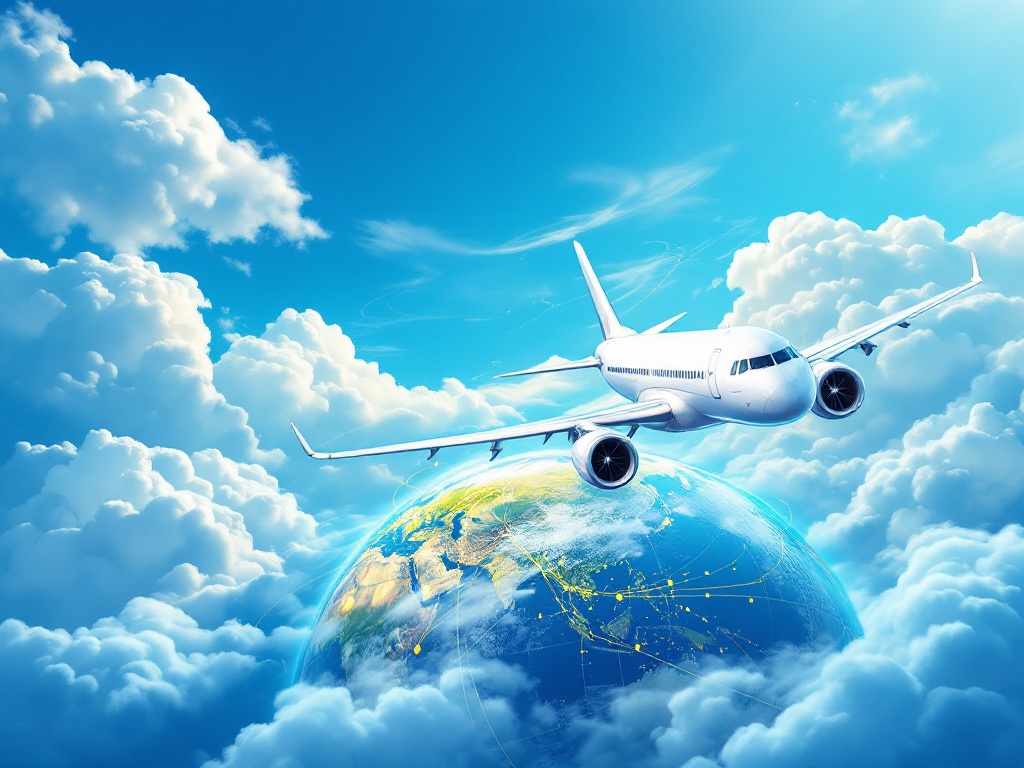
- Commercial jets typically cruise at about 900 km/h.
- A non-stop flight around the world takes about 44-45 hours.
- Including layovers, the trip usually takes over 60 hours.
- The fastest solo circumnavigation took about 42 hours.
- The Earth’s circumference at the equator is about 40,075 km.
Understanding Flight Durations for Circumnavigation
Commercial airliners typically cruise at about 900 km/h. A global circumnavigation, factoring in layovers, usually exceeds 60 hours. However, this journey could be completed in under 42 hours with ideal conditions and brief stops. A non-stop flight would take slightly longer, around 44 to 45 hours.
Typical Flight Times Using Commercial Aircraft
A non-stop flight around the globe takes roughly 44 to 45 hours on a commercial jet. Factoring in refueling and crew changes, the journey extends beyond 60 hours. These aircraft typically cruise at approximately 900 km/h, a considerable speed given the vast distances traversed.
Flight Duration with Minimal Stops
Commercial airliners can circumnavigate the globe in less than 42 hours under ideal conditions. This is possible due to direct routes and cruising speeds of about 900 km/h. Such journeys are significantly faster than those with multiple stops.
Understanding Distance and Routes for Circumnavigation
Global circumnavigation routes and distances depend on the departure point and the chosen path. A typical journey along the equator covers approximately 40,075 kilometers (24,901 miles), although flight paths rarely follow a perfect circle. Factors influencing the route include air traffic control, prevailing winds, and the locations of suitable airports for refueling and emergencies. Calculating distance and flight time for solo trips presents a particular challenge, demanding careful consideration of aircraft performance, wind conditions, and planned stops.
Calculating Distance and Flight Time for Solo Circumnavigation
Planning a solo trip around the world? Calculating the Earth’s circumference at your specific latitude is essential for estimating flight distances. While many factors influence flight time, aircraft speed and prevailing winds play a significant role, along with any necessary stops. Consider that fighter jets can circle the globe in approximately 17 hours, while the current speed record for a solo circumnavigation stands at about 42 hours. This difference highlights the impact of these factors on overall travel time.
Factors Affecting Flight Time and Travel Planning
High-altitude jet streams, powerful air currents, significantly impact flight times. A tailwind from a jet stream propels a plane, shortening the journey. Conversely, flying against it increases travel time.
Refueling stops also play a crucial role, adding hours depending on the aircraft’s range and airport availability. For instance, a non-stop New York to Hong Kong flight typically takes 16 hours. A refueling stop in Anchorage, however, can add several hours, potentially extending the trip beyond 20 hours. Other factors also influence flight duration.
The Role of the Atmospheric Jet Stream
The atmospheric jet stream, a powerful air current circling the globe, significantly impacts flight times. Westbound flights often utilize this swift current for a speed boost, thus reducing travel time. Conversely, eastbound flights typically fly against it, which increases their duration. Pilots strategically plan routes to either harness the jet stream’s power or minimize its resistance, ensuring efficient air travel.
The Impact of Refueling on Journey Duration
Refueling significantly impacts travel time, especially for short-range aircraft. Frequent fuel stops add delays, so careful planning is essential for accurate arrival time predictions. Wise fuel stop planning helps streamline your journey.
Record-Breaking Flights Around the World
In 2005, Steve Fossett piloted the Virgin Atlantic GlobalFlyer, achieving the fastest circumnavigation of the globe in a record-breaking flight of approximately 69 hours and 54 minutes. This remarkable feat showcased advancements in aviation and highlighted improvements in fuel efficiency, securing the GlobalFlyer’s place in history.
The Fastest Circumnavigation by Virgin Atlantic GlobalFlyer
In 2005, Steve Fossett piloted the Virgin Atlantic GlobalFlyer around the world in a record-breaking time of roughly 41 hours and 47 minutes. This incredible feat showcased advancements in aviation technology and secured the GlobalFlyer’s place in history.




